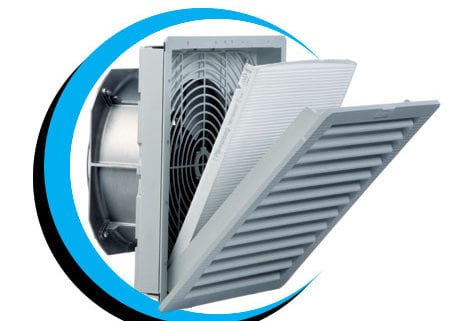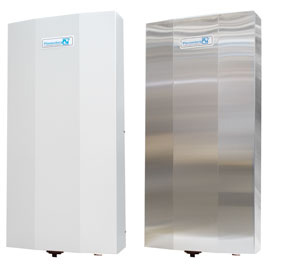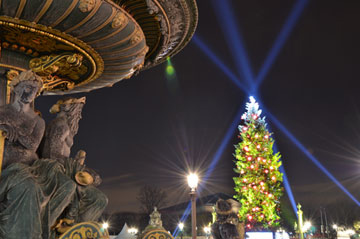How to Choose the Proper Enclosure Cooling Product
Reliable Thermal Management:
Understanding the proper thermal management of your electrical enclosures is critical in keeping your production process up and running. Trouble-free production is only guaranteed if the sensitive climate inside your electrical enclosures is maintained, even the slightest overheating of the electronic component units can result in serious consequences such as production downtime and premature aging of parts. It’s important that you choose the proper enclosure cooling
Choosing the Best Solution for Enclosures and Electronics Cooling:
Before choosing the best cooling solution you need to know your environment. Is the control cabinet placement in an environment where the air is full of dust or oil? Is the equipment to be cooled exposed to the weather, i.e. moisture and sunshine? How large are the designated dimensions of the required cooling units? Once these questions have been clarified completely, you can move on to choosing the best cooling solution for your application.
Common Thermal Management Products:
- If the ambient temperature is always lower than the temperature required in the electrical enclosure, then Filterfans® represent an economical solution for thermal management of electrical enclosures.
- If cooling cannot be accomplished by the outside air
- If the temperature required inside the electrical cabinet should be equal to or lower than the ambient temperature
- If the ambient air is strongly contaminated with oil or conductive dusts
- When higher ingress protection is required (Type rating)
- If a chilled water supply is available
- If aggressive ambient air restricts the use of conventional cooling units
- If a very high IP class is required (up to IP 65)
- If a maintenance-free cooling unit is required
- If energy efficiency is considered at a plant level concern
Need Help choosing the correct cooling solution?
If you need help choosing the proper cooling product for your application check out our Pfannenberg Sizing Software, it’s a free tool for you to use.








 Hamburg, December 2012 – The tallest Christmas tree in Paris, which stands at 35 metres high, has been shining at the Place de la Concorde since the 6th December.
Hamburg, December 2012 – The tallest Christmas tree in Paris, which stands at 35 metres high, has been shining at the Place de la Concorde since the 6th December.
 When it comes to keeping electronics cool, you have several choices. For enclosure cooling, industrial air conditioners cool internal electrical components. The conditioners mount directly to the enclosure and are selected based on the amount of heat gain, interior air temperature requirements and, since the heat from the interior is rejected by the condenser of the air conditioner into the area adjacent to the enclosure, are also selected based on the ambient air conditions in the immediate vicinity.
When it comes to keeping electronics cool, you have several choices. For enclosure cooling, industrial air conditioners cool internal electrical components. The conditioners mount directly to the enclosure and are selected based on the amount of heat gain, interior air temperature requirements and, since the heat from the interior is rejected by the condenser of the air conditioner into the area adjacent to the enclosure, are also selected based on the ambient air conditions in the immediate vicinity.
